#indigenous Guatemala
Explore tagged Tumblr posts
Text

#Maya Awal#Marimba#Mam#indigenous Guatemala#Native America#Smithsonian Folklife Festival#National Mall#Washington DC
3 notes
·
View notes
Text
Good News - July 15-21
Like these weekly compilations? Tip me at $kaybarr1735! (Or check out my new(ly repurposed) Patreon!)
1. Thai tiger numbers swell as prey populations stabilize in western forests

“The tiger population density in a series of protected areas in western Thailand has more than doubled over the past two decades, according to new survey data. […] The most recent year of surveys, which concluded in November 2023, photographed 94 individual tigers, up from 75 individuals in the previous year, and from fewer than 40 in 2007. […] A total of 291 individual tigers older than 1 year were recorded, as well as 67 cubs younger than 1 year.”
2. Work starts to rewild former cattle farm

“Ecologists have started work to turn a former livestock farm into a nature reserve [… which] will become a "mosaic of habitats" for insects, birds and mammals. [… R]ewilding farmland could benefit food security locally by encouraging pollinators, improving soil health and soaking up flood water. [… “N]ature restoration doesn't preclude food production. We want to address [food security] by using nature-based solutions."”
3. Harnessing ‘invisible forests in plain view’ to reforest the world

“[… T]he degraded land contained numerous such stumps with intact root systems capable of regenerating themselves, plus millions of tree seeds hidden in the soil, which farmers could simply encourage to grow and reforest the landscape[….] Today, the technique of letting trees resprout and protecting their growth from livestock and wildlife [… has] massive potential to help tackle biodiversity loss and food insecurity through resilient agroforestry systems. [… The UN’s] reported solution includes investing in land restoration, “nature-positive” food production, and rewilding, which could return between $7 and $30 for every dollar spent.”
4. California bars school districts from outing LGBTQ+ kids to their parents

“Gov. Gavin Newsom signed the SAFETY Act today – a bill that prohibits the forced outing of transgender and gay students, making California the first state to explicitly prohibit school districts from doing so. […] Matt Adams, a head of department at a West London state school, told PinkNews at the time: “Teachers and schools do not have all the information about every child’s home environment and instead of supporting a pupil to be themselves in school, we could be putting them at risk of harm.””
5. 85% of new electricity built in 2023 came from renewables

“Electricity supplied by renewables, like hydropower, solar, and wind, has increased gradually over the past few decades — but rapidly in recent years. [… C]lean energy now makes up around 43 percent of global electricity capacity. In terms of generation — the actual power produced by energy sources — renewables were responsible for 30 percent of electricity production last year. […] Along with the rise of renewable sources has come a slowdown in construction of non-renewable power plants as well as a move to decommission more fossil fuel facilities.”
6. Deadly cobra bites to "drastically reduce" as scientists discover new antivenom

“After successful human trials, the snake venom antidote could be rolled out relatively quickly to become a "cheap, safe and effective drug for treating cobra bites" and saving lives around the globe, say scientists. Scientists have found that a commonly used blood thinner known as heparin can be repurposed as an inexpensive antidote for cobra venom. […] Using CRISPR gene-editing technology […] they successfully repurposed heparin, proving that the common blood thinner can stop the necrosis caused by cobra bites.”
7. FruitFlow: a new citizen science initiative unlocks orchard secrets

“"FruitWatch" has significantly refined phenological models by integrating extensive citizen-sourced data, which spans a wider geographical area than traditional methods. These enhanced models offer growers precise, location-specific predictions, essential for optimizing agricultural planning and interventions. […] By improving the accuracy of phenological models, farmers can better align their operations with natural biological cycles, enhancing both yield and quality.”
8. July 4th Means Freedom for Humpback Whale Near Valdez, Alaska

“The NOAA Fisheries Alaska Marine Mammal Stranding Hotline received numerous reports late afternoon on July 3. A young humpback whale was entangled in the middle of the Port of Valdez[….] “The success of this mission was due to the support of the community, as they were the foundation of the effort,” said Moran. [… Members of the community] were able to fill the critical role of acting as first responders to a marine mammal emergency. “Calling in these reports is extremely valuable as it allows us to respond when safe and appropriate, and also helps us gain information on various threats affecting the animals,” said Lyman.”
9. Elephants Receive First of Its Kind Vaccine
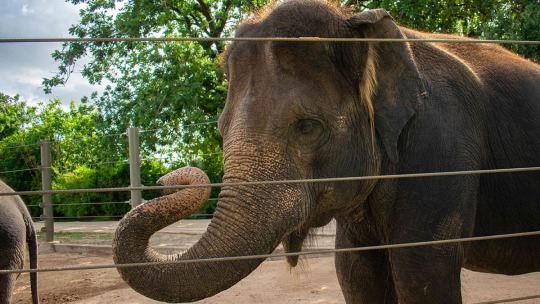
“Elephant endotheliotropic herpesvirus is the leading cause of death for Asian elephants (Elephas maximus) born in facilities in North America and also causes calf deaths in the wild in Asia. A 40-year-old female received the new mRNA vaccine, which is expected to help the animal boost immunity[….]”
10. Conservation partners and Indigenous communities working together to restore forests in Guatemala
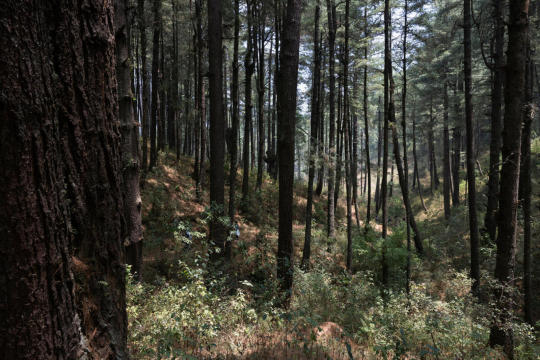
“The K’iche have successfully managed their natural resources for centuries using their traditional governing body and ancestral knowledge. As a result, Totonicapán is home to Guatemala’s largest remaining stand of conifer forest. […] EcoLogic has spearheaded a large-scale forest restoration project at Totonicapán, where 13 greenhouses now hold about 16,000 plants apiece, including native cypresses, pines, firs, and alders. […] The process begins each November when community members gather seeds. These seeds then go into planters that include upcycled coconut fibers and mycorrhizal fungi, which help kickstart fertilization. When the plantings reach about 12 inches, they’re ready for distribution.”
July 8-14 news here | (all credit for images and written material can be found at the source linked; I don’t claim credit for anything but curating.)
#hopepunk#good news#tiger#thailand#habitat#rewilding#food insecurity#forest#reforestation#california#lgbtq#lgbtqia#students#law#trans rights#gay rights#renewableenergy#clean energy#snake#medicine#crispr#citizen science#farming#whale#humpback whale#elephant#vaccine#alaska#guatemala#indigenous
440 notes
·
View notes
Text
"The transformation of ancestral lands into intensive monoculture plantations has led to the destruction of Guatemala’s native forests and traditional practices, as well as loss of livelihoods and damage to local health and the environment.
A network of more than 40 Indigenous and local communities and farmer associations are developing agroecology schools across the country to promote the recovery of ancestral practices, educate communities on agroecology and teach them how to build their own local economies.
Based on the traditional “campesino a campesino” (from farmer to farmer) method, the organization says it has improved the livelihoods of 33,000 families who use only organic farming techniques and collectively protect 74,000 hectares (182,858 acres) of forest across Guatemala.
Every Friday at 7:30 a.m., María Isabel Aguilar sells her organic produce in an artisanal market in Totonicapán, a city located in the western highlands of Guatemala. Presented on a handwoven multicolor blanket, her broccoli, cabbage, potatoes and fruits are neatly organized into handmade baskets.
Aguilar is in a cohort of campesinos, or small-scale farmers, who took part in farmer-led agroecology schools in her community. As a way out of the cycle of hunger and poverty, she learned ecological principles of sowing, soil conservation, seed storage, propagation and other agroecological practices that have provided her with greater autonomy, self-sufficiency and improved health.
“We learned how to develop insecticides to fend off pests,” she said. The process, she explained, involves a purely organic cocktail of garlic, chile, horsetail and other weeds and leaves, depending on what type of insecticide is needed. “You want to put this all together and let it settle for several days before applying it, and then the pests won’t come.”
“We also learned how to prepare fertilizer that helps improve the health of our plants,” she added. “Using leaves from trees or medicinal plants we have in our gardens, we apply this to our crops and trees so they give us good fruit.”
The expansion of large-scale agriculture has transformed Guatemala’s ancestral lands into intensive monoculture plantations, leading to the destruction of forests and traditional practices. The use of harmful chemical fertilizers, including glyphosate, which is prohibited in many countries, has destroyed some livelihoods and resulted in serious health and environmental damage.
To combat these trends, organizations across the country have been building a practice called campesino a campesino (from farmer to farmer) to revive the ancient traditions of peasant families in Guatemala. Through the implementation of agroecology schools in communities, they have helped Indigenous and local communities tackle modern-day rural development issues by exchanging wisdom, experiences and resources with other farmers participating in the program.
Keeping ancestral traditions alive
The agroecology schools are organized by a network of more than 40 Indigenous and local communities and farmer associations operating under the Utz Che’ Community Forestry Association. Since 2006, they have spread across several departments, including Totonicapán, Quiché, Quetzaltenango, Sololá and Huehuetenango, representing about 200,000 people — 90% of them Indigenous.
“An important part of this process is the economic autonomy and productive capacity installed in the communities,” said Ilse De León Gramajo, project coordinator at Utz Che’. “How we generate this capacity and knowledge is through the schools and the exchange of experiences that are facilitated by the network.”
Utz Che’, which means “good tree” in the K’iche’ Mayan language, identifies communities in need of support and sends a representative to set up the schools. Around 30-35 people participate in each school, including women and men of all ages. The aim is to facilitate co-learning rather than invite an “expert” to lead the classes.
The purpose of these schools is to help farmers identify problems and opportunities, propose possible solutions and receive technical support that can later be shared with other farmers.
The participants decide what they want to learn. Together, they exchange knowledge and experiment with different solutions to thorny problems. If no one in the class knows how to deal with a certain issue, Utz Che’ will invite someone from another community to come in and teach...
Part of what Utz Che’ does is document ancestral practices to disseminate among schools. Over time, the group has compiled a list of basics that it considers to be fundamental to all the farming communities, most of which respond to the needs and requests that have surfaced in the schools.
Agroecology schools transform lives
Claudia Irene Calderón, based at the University of Wisconsin-Madison, is an expert in agroecology and sustainable food systems in Guatemala. She said she believes the co-creation of knowledge is “key to balance the decision-making power that corporations have, which focus on profit maximization and not on climate change mitigation and adaptation.”
“The recovery and, I would add, revalorization of ancestral practices is essential to diversify fields and diets and to enhance planetary health,” she said. “Recognizing the value of ancestral practices that are rooted in communality and that foster solidarity and mutual aid is instrumental to strengthen the social fabric of Indigenous and small-scale farmers in Guatemala.”
Through the implementation of agroecology schools across the country, Utz Che’ says it has improved the livelihoods of 33,000 families. In total, these farmers also report that they collectively protect 74,000 hectares (182,858 acres) of forest across Guatemala by fighting fires, monitoring illegal logging and practicing reforestation.
In 2022, Utz Che’ surveyed 32 women who had taken part in the agroecology school. All the women had become fully responsible for the production, distribution and commercialization of their products, which was taught to them in agroecology schools. Today, they sell their produce at the artisanal market in Totonicapán.
The findings, which highlight the many ways the schools helped them improve their knowledge, also demonstrate the power and potential of these schools to increase opportunities and strengthen the independence of women producers across the country...
The schools are centered around the idea that people are responsible for protecting their natural resources and, through the revitalization of ancestral practices, can help safeguard the environment and strengthen livelihoods."
-via Mongabay News, July 7, 2023
#a little older but still very good!#indigenous#farming#agriculture#sustainable agriculture#agroecology#land back#guatemala#latin america#north america#central america#indigenous knowledge#indigenous peoples#good news#hope
305 notes
·
View notes
Text
picture this, you’re a boy from guatemala standing outside a motel talking to your family on the phone until two cops approach you saying that you look suspicious. due to you barely knowing english, you most likely are confused as ever trying to figure out not only what they’re saying but what even is going on. the situation escalated even more to the point where these officers are now falsely detaining you which led to one officer having a heart attack and dying. now picture this, you’re now being charged with manslaughter for death of said officer.
that’s what happened to virgilio aguilar mendez.
please be sure to sign the petition also.
#to make matters worse he doesn’t speak Spanish#he speaks mam which is indigenous language spoken by some people in Guatemala#and i have also heard that it’s been hard for them to find an interpreter that speaks that#so they are trying to teach him english#bro this country is cooked !#i swear cops don’t just mind their business#how is a person standing outside a motel on the phone with his fucking family#suspicious ?????
145 notes
·
View notes
Text
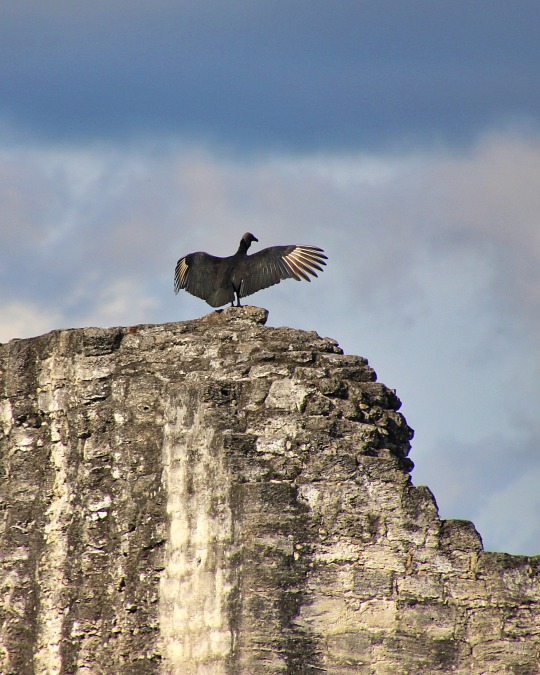
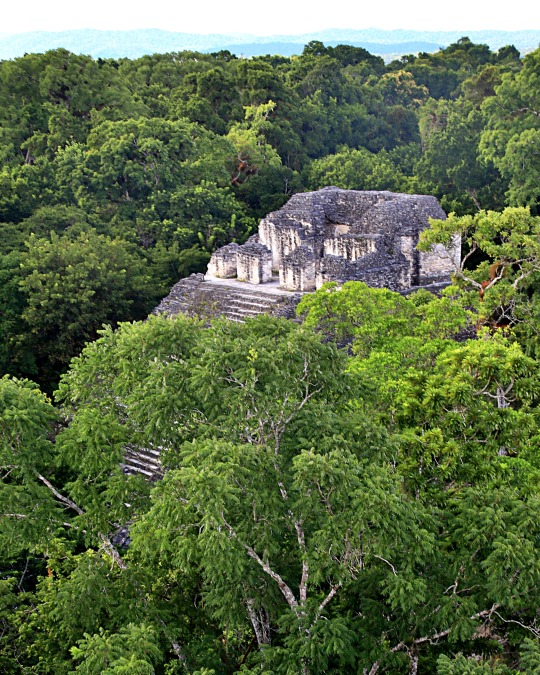
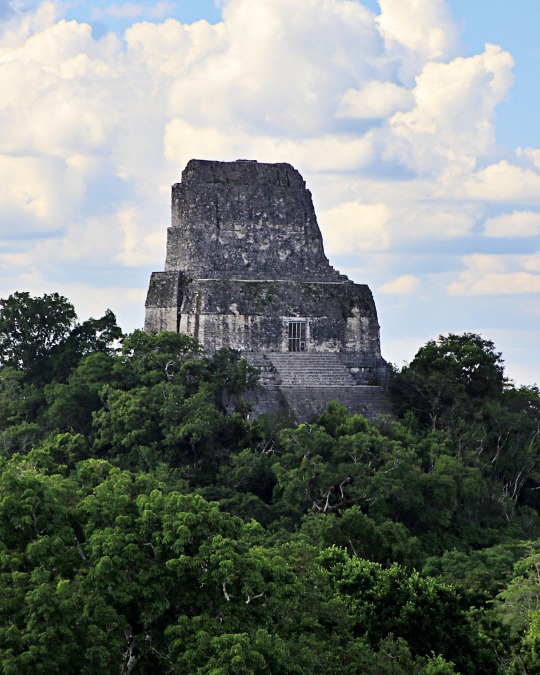


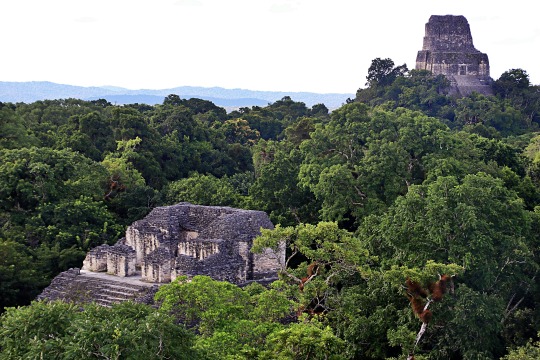


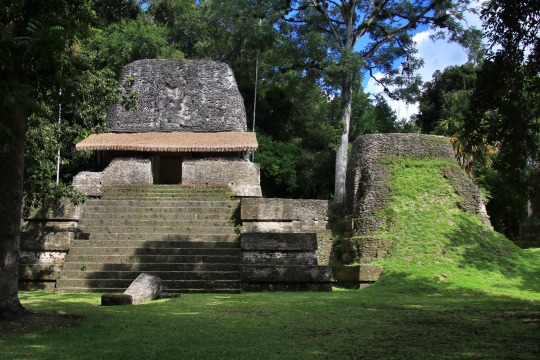
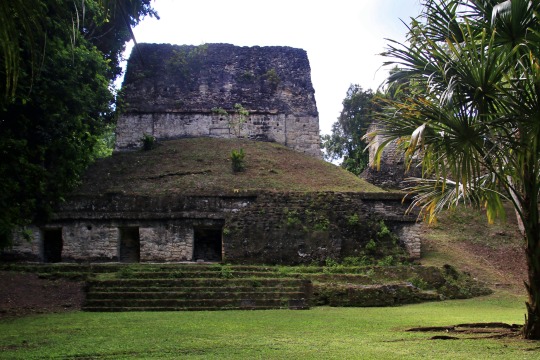
Tikal Mayan Ruins ( Guatemala )
#photooftheday#travelphotography#adventure#aroundtheworld#mayan#mayan mythology#mayan culture#mayanarchitecture#guatemalatravel#indigenous culture#trip#nature#guatemala#landscape#mayancity#centralamerica#unesco world heritage#travel#unesco#explore#pickoftheday#world heritage
39 notes
·
View notes
Photo
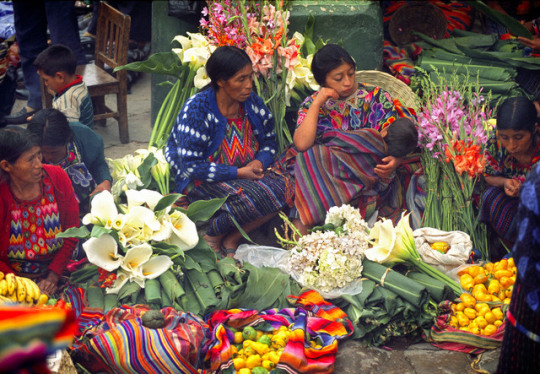
“Guatemala, Chichicastenago, Quiche. Flower market on the steps of Santo Tomas church.” - Thomas Hoepker
#k'iche'#guatemala#fotografía#native american#indigenous#quiché#maya#mayas#maya people#guatemalan#central american#indigenous women
164 notes
·
View notes
Text

#mexico#guatemala#honduras#el salvador#nicaragua#Costa Rica#Panama#Cuba#república dominicana#dominican republic#Puerto Rico#Venezuela#Colombia#Ecuador#Peru#Bolivia#Paraguay#Argentina#Uruguay#Chile#philippines#equatorial guinea#memes#jajaja#usa#Canada#indigenous people's day#poem#poetry#Australia
11 notes
·
View notes
Text

Whistle in the Shape of a Man Wearing a Bird Costume, 600-900 AD
16 notes
·
View notes
Text
Marcielita Chubay
youtube
Throwback to one of the first Kaqchikel songs I ever learned, and still my favorite
#she's such a good singer#her channel only has 17 subscribers#she was a contestant on Guatemala Has Talent#and she's on Spotify!#Guatemalan Maya#Indigenous voices#Marcielita Chubay#this video is nice because of the spanish translations#but the Kaqchikel is a bit different in tone#Youtube
8 notes
·
View notes
Text

#marimba#music#musician#Maya AWAL#Mam#indigenous Guatemala#Smithsonian Folklife Festival#National Mall#Washington DC
3 notes
·
View notes
Text
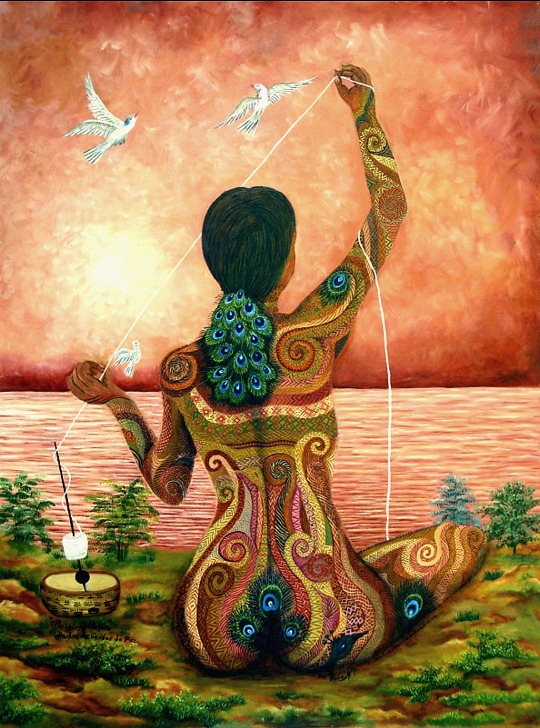

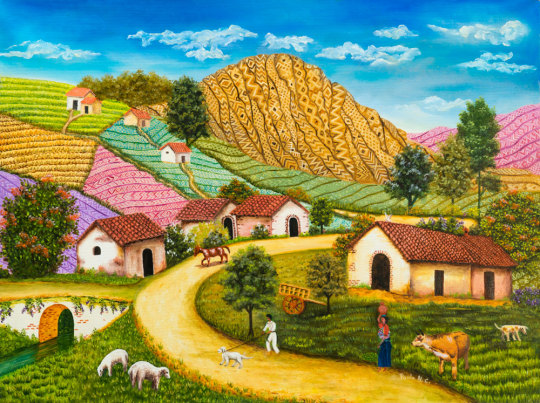

Paula Nicho Cumez
23 notes
·
View notes
Text
Early mornings are chilly in Los Romero, a village high up in the mountains of western Guatemala. As in other predominantly Mam villages – Indigenous Maya people who have lived here since pre-Columbian times – households come quietly to life before dawn. Isabel Romero, a grandmother with long black hair, used to feel somewhat trapped in hers.
“I was afraid of speaking because I was cooped up at home. I didn’t go out,” she says, explaining that like many Mam women, her days were dedicated to the hard work of running a household with little money, and she rarely spoke with other women. “I worried a lot and had headaches.”
Residents of Los Romero live mainly from subsistence farming, growing maize, beans and squash, or grazing livestock. Almost 50% of the population is Indigenous in Guatemala, Central America’s biggest economy, but they do not share in its prosperity. Indigenous women in particular are discriminated against and dispossessed, with a life expectancy 13 years lower, and a maternal mortality rate two times higher, than the national average, according to the World Bank.
In Romero’s village and throughout the region, a community-based collective of women’s circles has been quietly improving Indigenous women’s lives, empowering them to find voices that have been suppressed through centuries of marginalisation.
It was a long process, but Romero’s headaches and fear are now a thing of the past. These days she gets out to workshops, meetings and women’s circles. She shares her knowledge of weaving traditional textiles on a backstrap loom and has a leadership role in the women’s group she co- founded: Buena Semilla (Good Seed).
The initiative emerged from Maya Mam women’s experiences, when French physician Anne Marie Chomat brought them together for interviews for her doctoral fieldwork in 2010- 2012. The simple act of gathering with others and sharing their experiences had a profound impact on the women, many of whom are still dealing with the traumatic legacy of Guatemala’s civil war.
During the 1960-1996 armed conflict between leftist guerrilla groups and the military, more than 200,000 people were killed, overwhelmingly Indigenous Maya civilians killed by the army. Another 45,000 were ‘disappeared’. A truth commission concluded that the state committed acts of genocide...
“There’s so much chronic stress and other issues that are not being addressed,” says Chomat, Buena Semilla’s international coordinator, who now lives in Canada. “So much healing happened in that space of women connecting with other women, getting out of their houses, realising: ‘I’m not alone’.”
Once Chomat’s fieldwork was finalised, several participants decided they wanted to continue meeting and with Chomat came up with the idea of women’s circles. With the help of a grant, the project got going in 2013 and now more than 300 women in two municipalities participate every week or two in circles, each comprising roughly 10 to 25 women.
Wearing traditional embroidered huipil blouses and hand-loomed skirts, the women gather, arriving on foot via the dirt roads that weave through the villages. They meet in a home or community building, or outside when they can for the connection with nature. The circle opens with a welcome and a prayer and then the group engages in breathing and movement exercises. Next up is discussion of the nahual, the day’s name and energy according to one of the interlocking ancient Mayan calendars, traditionally used for ceremonial practices. “Here in Santiago Atitlán it is only maybe 20% of people who speak about [knowledge of nahuals], so we are reviving it,” says Quiejú.
Then it’s time for the sharing circle. “More than anything, it is speaking what they have in their hearts,” says Quiejú. But every time and each circle is different, even though the leaders all work from the same guide, she says.
Sometimes circles will have a guided meditation. Sometimes they’ll have a workshop to learn weaving, or another skill that can help them earn money. Sometimes they eat together. Sometimes they cry. Often they laugh. No matter what, they generally end with a group embrace...
Only 1% of Guatemala’s national health budget is designated for mental health, and nearly all of that goes to the country’s one psychiatric hospital. Most mental health professionals are concentrated in the capital, offering psychotherapy and prescribing medications. For those in rural areas, there is little discussion of mental health or access to services.
“There is nothing for the preventative side, to work with families, to work with communities,” says Garavito. However, he emphasised that the concept of buen vivir (good living) among many Indigenous peoples in Latin America, which includes the traditional festivities, ceremonies and community of everyday village life, inherently incorporates good mental health. “Mental health is a fundamentally social concept and that has been a historical and common practice among Indigenous peoples, without them calling it that.”
...Financial constraints also pose challenges. Since 2020, Buena Semilla’s budget has been funded through crowdfunding and small grants. Staff and leaders all work part-time and many volunteer unpaid, but most circles now meet bi-weekly due to a squeeze on funds...
[Note: If you'd like to help, you can find out more and support Buena Semilla here, at their website.]
Despite the challenges, interest keeps growing. Elsa Cortez joined a circle earlier this year, motivated by her sister’s positive experience with Buena Semilla. In her mid-20s, she lives with her parents and as well as helping to run the household, she weaves belts, drawing from a basket full of spools of brightly coloured thread. She did not go out much before.
“There was a mentality that women were only supposed to be in the home or should only do certain things. That’s how we were raised,” she says. “My family was like that too.”
Thanks to Buena Semilla, those dynamics have started to shift in some families, including her own, says Cortez. Now she is exploring the idea of starting a circle specifically for girls, to help build their self-worth and self-esteem.
“It used to be difficult for me to socialise or chat, but now I am starting to socialise more easily,” says Cortez. “In the group I feel like it is psychological therapy every time we meet.”
-via Positive.News, December 8, 2023
#guatemala#latin america#indigenous#indigenous women#mental health#indigenous issues#womens empowerment#empowerment#maya#indigenous peoples#good news#hope
524 notes
·
View notes
Text
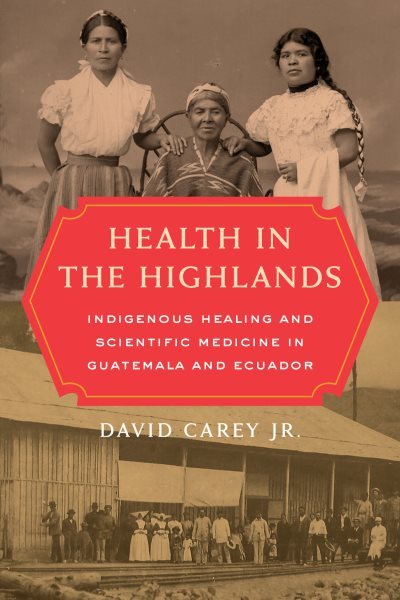
"Through the lens of health and healing, this book presents a welcome and long overdue comparison of the place of highland Indigenous people in the policies and imaginaries of Guatemala and Ecuador. While both countries have demographically significant Indigenous populations, Carey teases out important divergences in policies and practices towards these groups that illuminate other significant spheres of public life. Sensitive to the silences in the archival record, and foregrounding both Indigenous and biomedical practitioners, this analysis will be of interest to scholars and students concerned with encounters between healing systems, racialization, citizenship and state formation, and the history of health, illness and medicine broadly defined."
#uwlibraries#history books#latin american history#history of medicine#indigenous history#history of guatemala#history of ecuador
12 notes
·
View notes
Text
Day 29: Guatemalan Wooden Masks: Tradition, Craftsmanship, and Cultural Inspiration
— Introduction Guatemalan wooden masks are vibrant artifacts that embody the culture, history, and artistic expression of the country’s diverse ethnic groups. Rooted in centuries-old traditions, these masks have served many purposes in religious rituals, celebrations, and storytelling, providing an intimate glimpse into the cultural identity of Guatemala. Whether used in traditional dances or…
#Architexture#article#Artisan Craft#Authentic Guatemalan Art#Colorful Masks#Craftsmanship#Cultural Inspiration#Cultural Masks#Decorative Masks#Festival Masks#Guatemala Handicrafts#Guatemalan#Guatemalan Artifacts#Guatemalan Culture#Guatemalan Folk Art#Guatemalan Heritage#Guatemalan Masks#Guatemalan Wooden Masks: Tradition#Handmade Masks#History#Indigenous Art#Latin American Crafts#Mayan Masks#Photography#tradition#Traditional Masks#Tribal Masks#Wooden Handicrafts#Wooden Masks
2 notes
·
View notes
Photo









La Llorona | Jayro Bustamante | 2019 | Guatemala
#guatemala#la llorona#maría mercedes coroy#maya#Jayro Bustamante#cinema#movies#indigenous cinema#film
37 notes
·
View notes
Photo

“Lake Atitlan. Panajachel. 1992. Maya dancers in tiger costumes.” - Thomas Hoepker
#guatemala#mayan culture#native american cultures#latinx#indigenous culture#indigenous#native american#centroamérica#central america#indígena#nativo americano#pueblos indígenas
169 notes
·
View notes